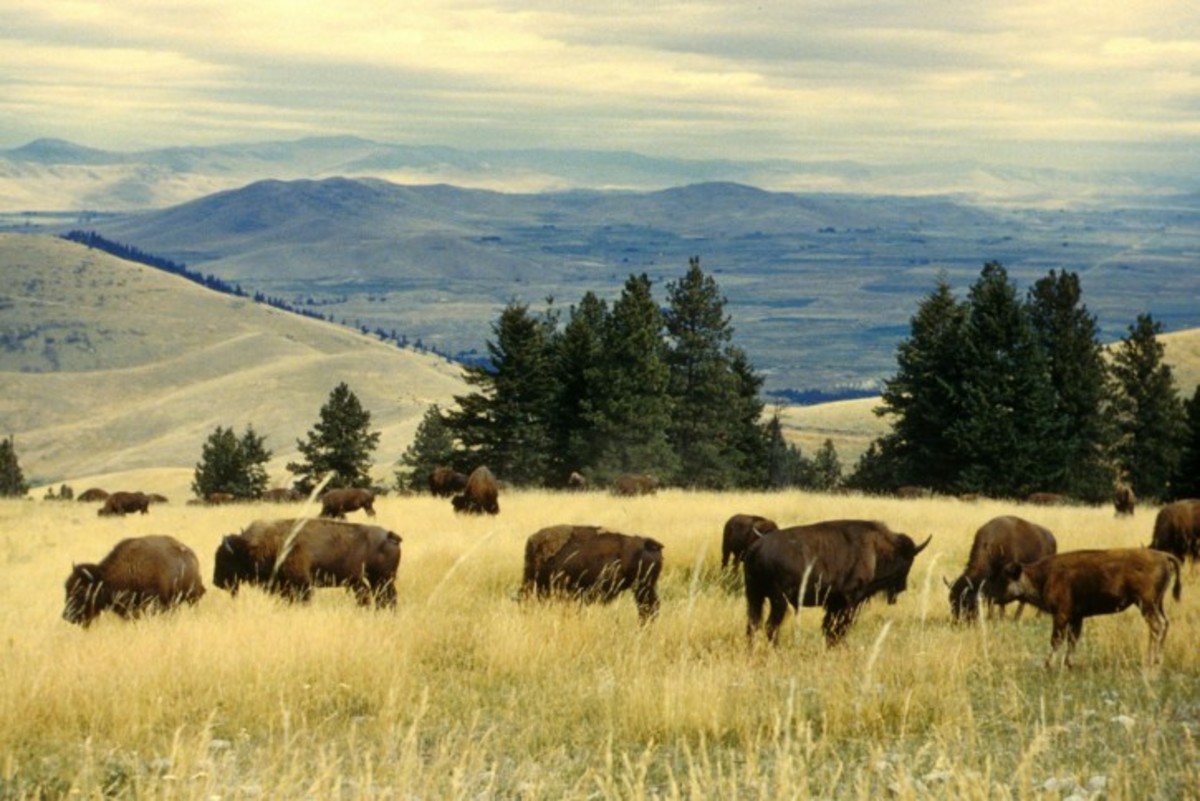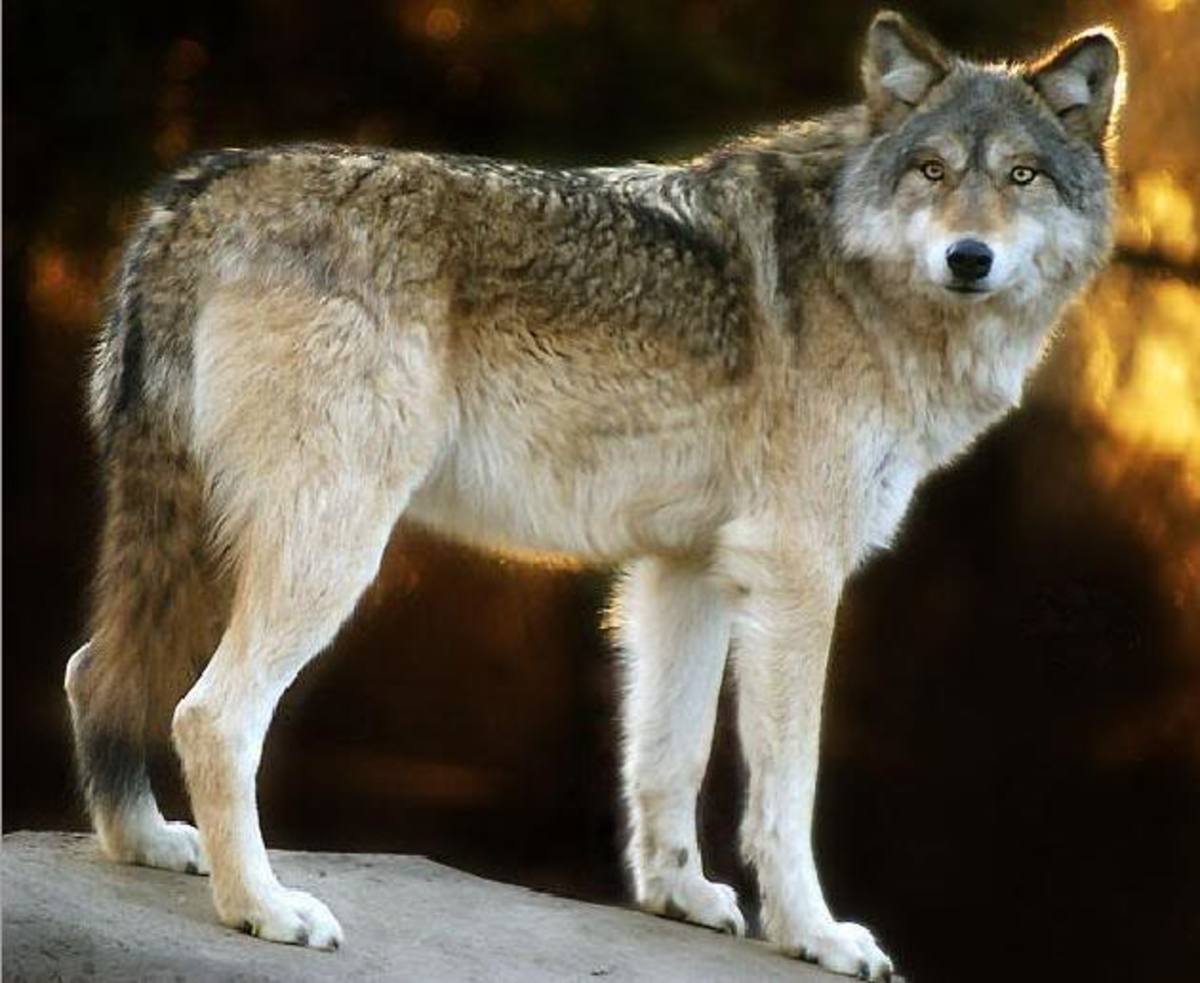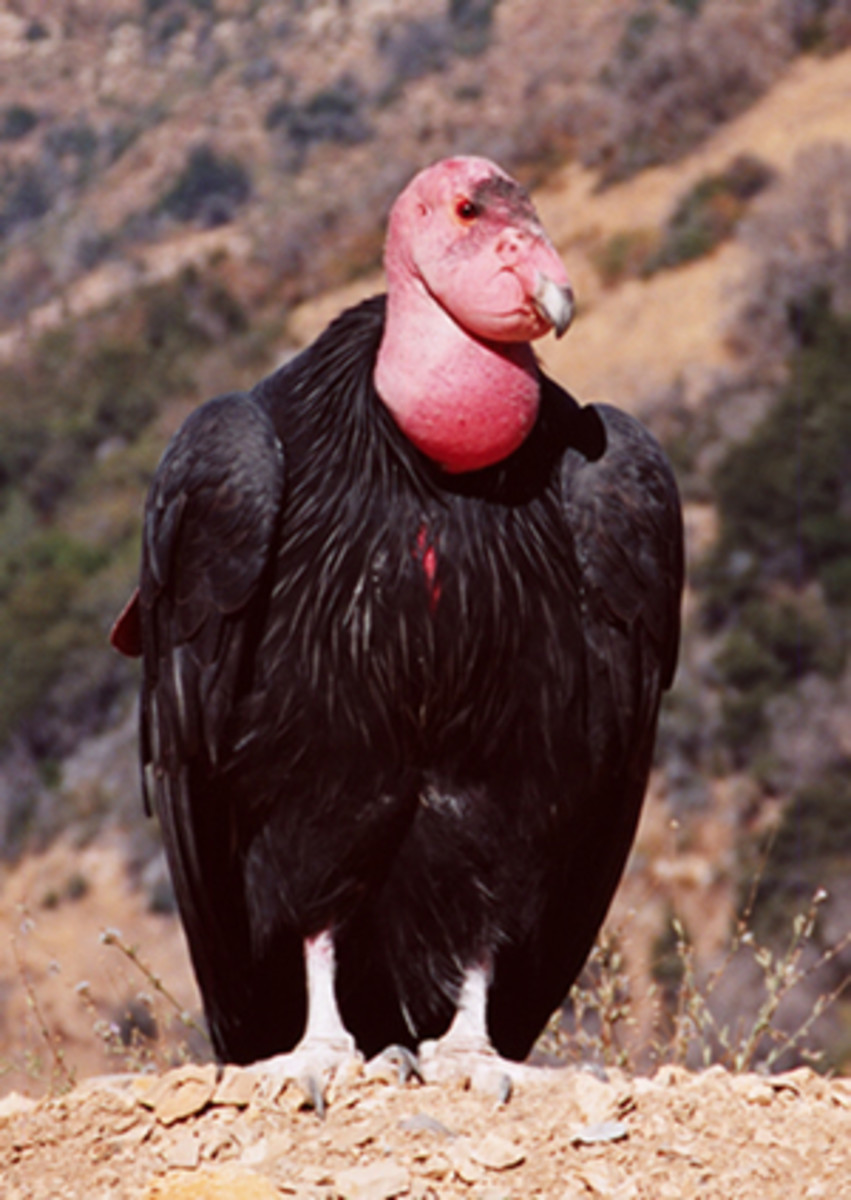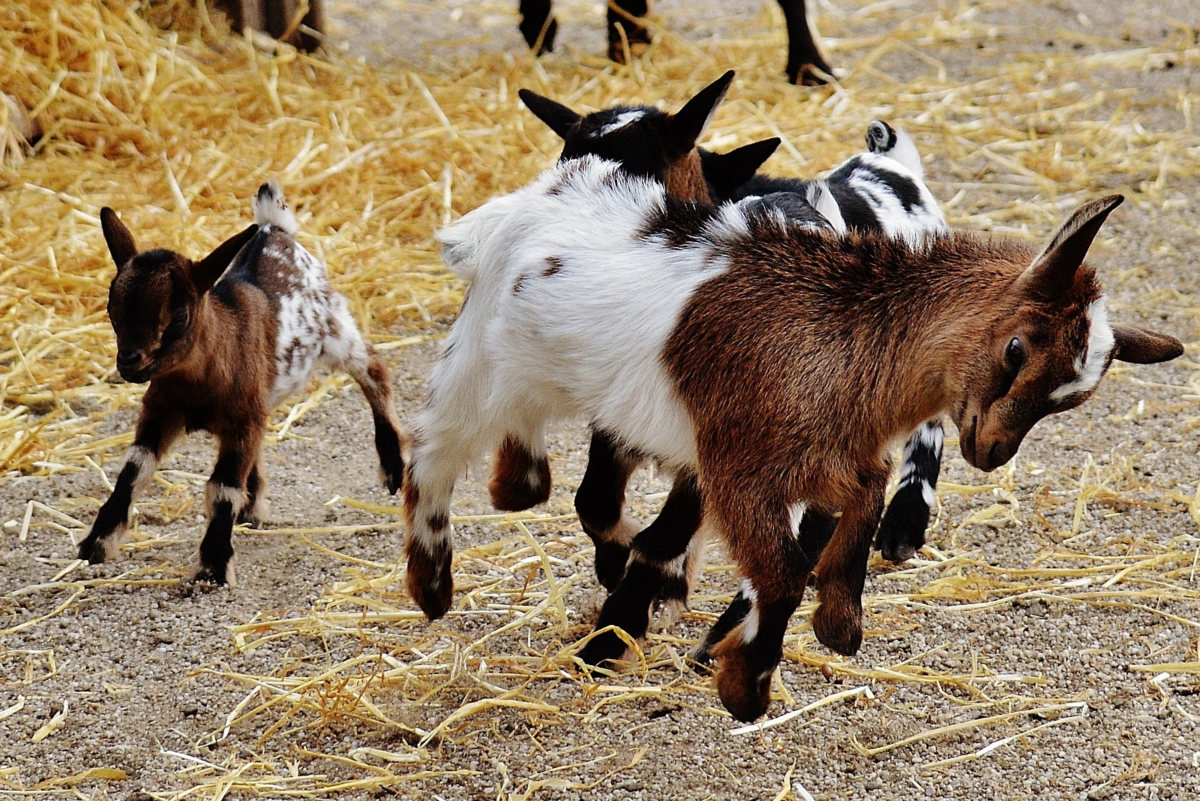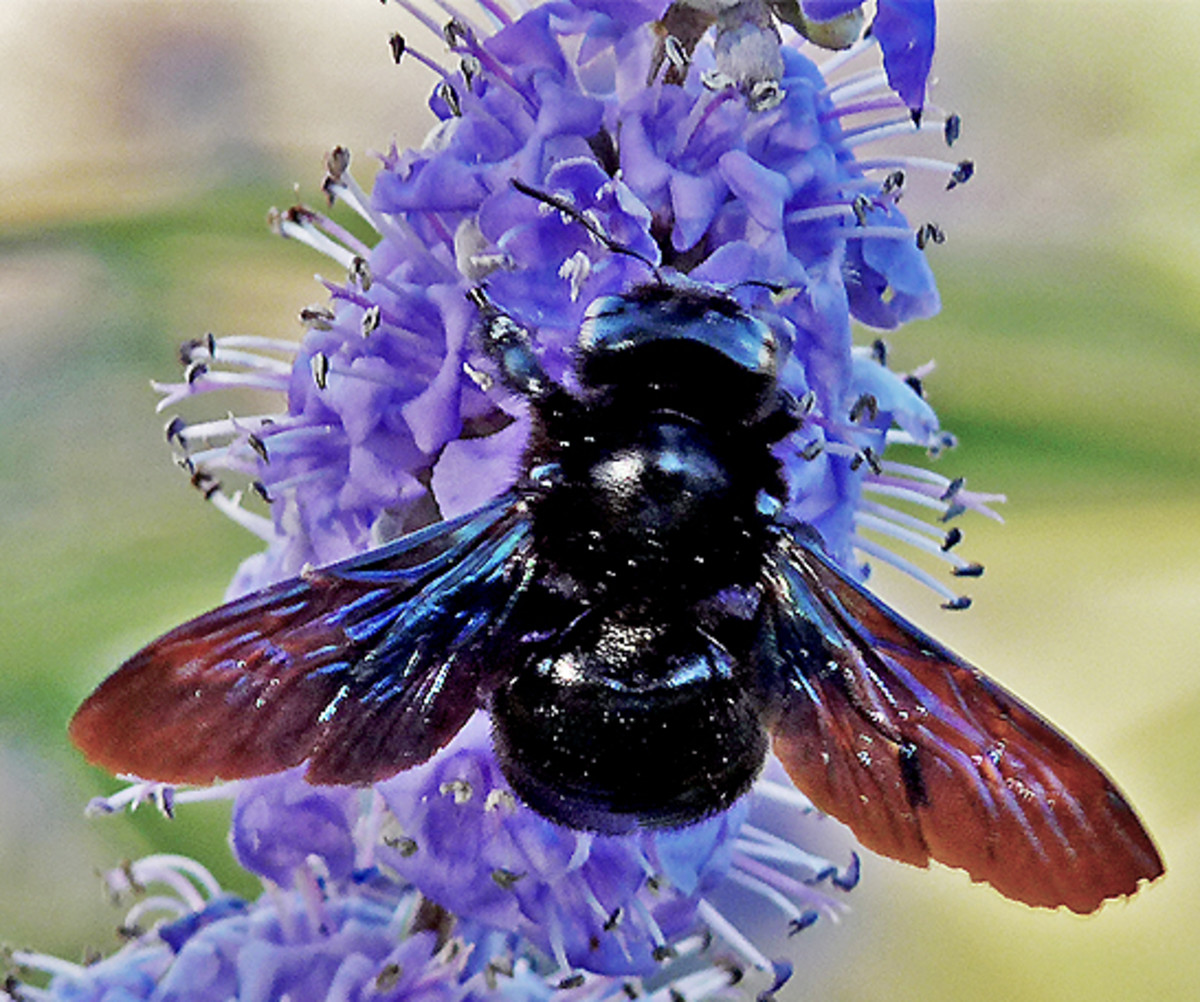The Decline and Rise of the American Buffalo

Today the buffalo, or American bison, is a symbol associated with the American west. Most people don't realize how numerous and widespread it once was. It is estimated that in pre-European times one hundred million bison may have inhabited North America. Their range included most of the United States east of the Mississippi River, extended down into northern Mexico, and up into western Canada and Alaska.
When future president Abraham Lincoln journeyed with his family from Indiana to Illinois, he traveled over the Buffalo Trace. This was a migration route used by Buffalo that ran from approximately Louisville, Kentucky to Vincennes, Indiana and on into Illinois.
By the time Europeans arrived, the buffalo was the largest land animal in North America. There are two subspecies:
- The plains buffalo, which inhabited the United States
- The wood buffalo, which inhabited the northern portion of bison territory, including Canada and Alaska.
The Near Extinction of the Buffalo
The buffalo were always a major food source for the Plains Indians. They also used buffalo hides and bones. Since there were no horses in North America prior to the arrival of Europeans, they originally had to sneak up on buffalo, cloaked in buffalo hides. Once they obtained horses, hunting buffalo became much easier.
Buffalo Bill and other hunters shot bison to provide food for railway workers when they were building rail lines through the Great Plains. The wholesale slaughter of buffalo began when the railroads were completed, so that buffalo meat and hides could be shipped to major population centers in the eastern United States. Often much of the buffalo was wasted. Sometimes only the tongue (considered the tastiest) and the hide were taken, and the rest of the animal was left to rot. When the meat had rotted away or been eaten by scavengers, the bones were often collected to be ground into fertilizer.
Many Indians complained bitterly about the slaughter of the buffalo, pointing out that they didn't kill the cattle of the American settlers. The practice continued with the full support of the American government and military. William Tecumseh Sherman was a major advocate of this strategy, which aimed to force the Indians on reservations. One hunter was told by an Army officer:
"Either the buffalo or the Indian must go. There isn’t any other way. Only when the Indian becomes absolutely dependent upon us for his every need will we be able to handle him. Every buffalo you kill now will save a white man’s life."
It should be noted that some Indian tribes also commercially hunted the buffalo. It was estimated that at one time the Comanche were killing over a quarter million annually. By 1889 commercial buffalo hunting had ceased, and the total population had dropped to around one thousand.

Early Buffalo Conservation
During 1881 a hunting party shot a large number of buffalo in South Dakota (Dakota Territory at the time). The following spring, Fred Dupree & some of his sons collected seven calves from the remnant of that herd.Two of the calves died, but the rest were used to start a domestic herd. Part of Fred's motivation was his wife, Mary Good Elk Woman. She was a full-blooded Sioux Indian, and the buffalo was vital to their way of life. By the time Fred died in 1898, his herd had grown to 74.
James "Scotty" Philip emigrated to the United States when he was 15. He eventually made his way to the Dakota Territory and also married an Indian woman. After Fred Dupree passed away, Philip purchased his bison herd. Under his stewardship, it increased to about a thousand head by 1911, when he died. Some of those were purchased by the state of South Dakota to start the herd at Custer State Park, which now numbers over a thousand. James Philip became known as "The man who saved the buffalo.
There were four other "foundation herds" which supplied bison to re-populate other areas. These were located in Canada, Montana, Kansas and Texas. There were also 22-25 buffalo which remained wild in Yellowstone National Park. By the 1930s it was estimated that the total buffalo population was about five thousand.

The Buffalo Today
Today there are over 2,500 private buffalo ranches in the United States with over 150,000 animals. There are a similar number of buffalo in Canada, and about 20,000 on public lands in the United States and Canada. Total bison population is now about one-third of a million.
It is likely today that you can purchase buffalo meat at your local grocery store. Approximately 60,000 animals are slaughtered each year for meat. It tastes almost identical to beef, but is far lower in fat. Ted Turner's Turner Ranches manages over 50,000 buffalo. You can get a buffalo burger at one of his Ted's Montana Grill restaurants.
Sources
- James "Scotty" Philip - Wikipedia
- Two families crucial to saving American bison
- Call of the Prairie The First Dupree in South Dakota
- American Bison: The Ultimate Genetic Survivor
- Data & Statistics | National Bison Association
- The Buffalo Harvest
- The Western Historical Quarterly
- Where the Buffalo No Longer Roamed | History | Smithsonian
- The Coming Back of the Bison | Natural History Magazine
- American Bison Fact Sheet
- Buffalo Tales: The Near-Extermination of the American Bison, Native Americans and the Land, Nature T


